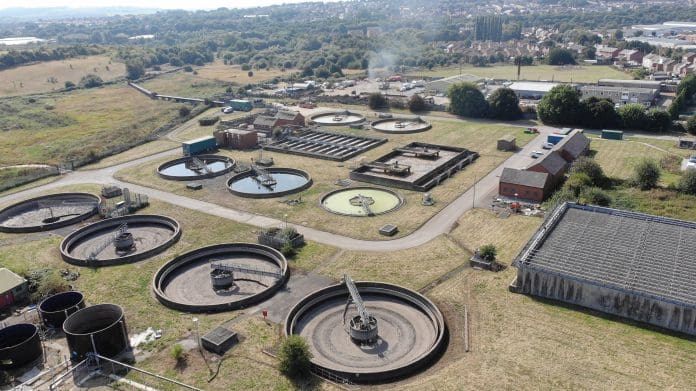BarhaleEnpure has received an £11m contract from Yorkshire Water to carry out Phosphorous-removal (P-removal) on five locations in Barnsley
BarhaleEnpure is a joint venture between two infrastructure and non-infrastructure specialists.
They will complete the P-removal upgrade with the Water Industry National Environment Programme (WINEP) under Yorkshire Water’s AMP7 complex MEICA framework.
Yorkshire Water’s AMP7 programme is investing over £1bn through this framework over a five-year period.
What is P-removal?
P-removal is a wastewater treatment technique that uses aluminium salts (such as alum or polyaluminium chloride), iron salts (like ferric chloride), or calcium salts (such as lime) to eliminate phosphorus.
In this process, phosphate combines with metal ions to create precipitates, which are then removed along with the sludge in a separation unit like a sedimentation tank or flotation tank.
The project will involve site works at Darton, Crofton, Grimethorpe, Wombwell, and Worsborough. BarhaleEnpure will install dosing cabinets at each site, which are prefabricated offsite and include pumps, control panels, and primary and secondary chemical dosing equipment.
A modular approach to improving water quality
“We are very pleased to be selected for these schemes. Under WINEP, there is a big focus on reducing Phosphorous discharge, and the five schemes around Barnsley will play an important part in improving water quality in South Yorkshire,” said Barhale’s regional director for Yorkshire and North East England, Mark Woods.
“Using off-site manufacture enables us to adopt a near modular approach to each project to reduce time on site, typically to around eight months, and complete works quicker. We are looking forward to working closely with Yorkshire Water to deliver these schemes successfully,” he continued.
The successful completion of the P-removal will bring significant benefits to customers across Yorkshire. Yorkshire Water’s efforts to improve water quality will also boost environmental protection in the area. The work at all five sites is expected to be finished in 2024.















